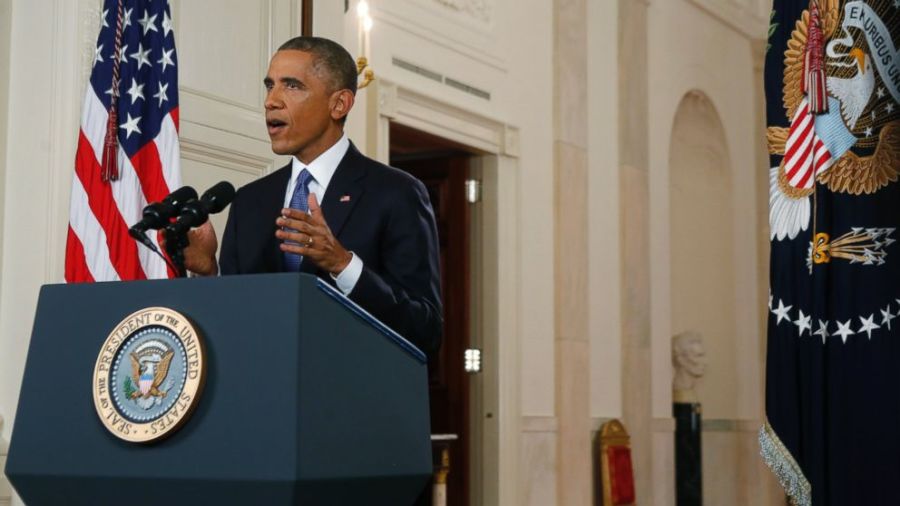President Obama’s Contentious New Immigration Plan: What Exactly Does it Entail?
President Obama’s use of executive action has stirred significant controversy.
December 22, 2014
On Thursday, November 20th, President Obama took to national news TV and unveiled one of the biggest changes to America’s immigration system in decades. His speech began with the context that 11 million undocumented immigrants currently live in the U.S., and that a mass deportation effort would be “impossible and contrary to our character.” After outlining the lack of progress Congress has made in the past few years in passing immigration reform bills, he announced his solution: an expansion of deferred action for undocumented immigrants through the use of executive action.
“Deferred action,” which is a temporary exemption from deportation given by the government, has been used by the U.S. government for several years; since 2012, the Deferred Action for Childhood Immigrants program (DACA), which applies to undocumented children who were brought here before the age of 16, has given over 500,000 undocumented immigrants temporary work permits and shelter from deportation; this new proposal seeks to expand deferred action dramatically. Not only has the President’s executive action proposed to expand DACA, removing an age cap and allowing nearly 300,000 more people to apply, but it also implements a wide-reaching deferred action program. This new plan applies to any undocumented adult who has lived in the U.S. for five years and has U.S. citizen or permanent resident child, allowing them deportation relief for three years; around 4 million people, roughly one-third of America’s current undocumented population, will be qualified under this plan.
Obama’s action have come under fire for several reasons. Some believe that his use of executive action, rather than attempting to compromise with Congress, is an overuse of the “executive action” provision, which is only intended to be used in the case of national emergencies; numerous lawsuits and even another government shutdown have been threatened, but no real threats have materialized. The President began his speech with vague goals of focusing deportation efforts on “felons and gang members,” as well as tightening border security in general, but the plan of action to achieve these remains unclear.
Many, particularly Republicans, have suggested that the primary motive of this action is to increase the Democratic Party’s stronghold of Hispanic voters, one of the fastest-growing demographics in the U.S.; Latinos’ satisfaction with Obama had dropped from 82% in 2009 to just 52% in early November; however, in just a few weeks following the November 20th speech, their approval of Obama jumped to 64%, while whites’ remained unchanged and blacks’ decreased slightly. Whether this has a significant long-term effect on the Democratic Party’s progress remains to be seen.



